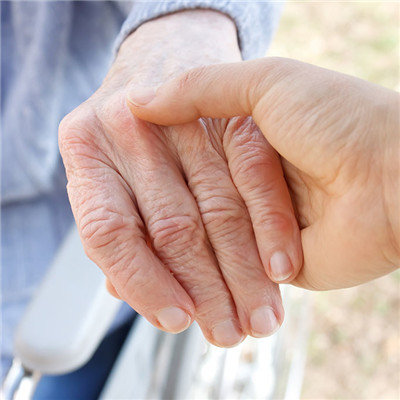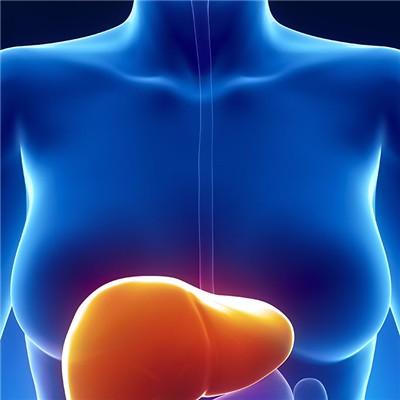Symptoms of diabetic ketosis
summary
When the insulin treatment of patients with insulin-dependent diabetes is interrupted or the dosage is insufficient, and the patients with non insulin dependent diabetes suffer from various kinds of stress, the metabolic disorder of diabetes is aggravated, the lipolysis is accelerated, the ketone body generation is increased, and the ketone body accumulation is more than the utilization, which is called ketolemia, and its clinical manifestation is called ketosis. Diabetic ketoacidosis (DKA) occurs when ketones accumulate and metabolize. What symptom does ketone poison have? Let's talk about it
Symptoms of diabetic ketosis
In the compensatory stage of diabetic ketoacidosis, the symptoms of diabetes, such as polyuria and thirst, were aggravated, and the weight was reduced; With the progress of diabetic ketoacidosis, there are gradually loss of appetite, nausea, vomiting, and even inability to eat. A small number of patients, especially children with type 1 diabetes, may have extensive acute abdominal pain, accompanied by abdominal muscle tension and weakened bowel sounds, which are easily misdiagnosed as acute abdomen.

Acidosis and ketone odor, also known as Kussmaul respiration, are characterized by increased respiratory rate and deep breathing, which are caused by acidosis. When blood pH < 7.2, they may appear to facilitate acid excretion; When the blood pH is less than 7.0, the respiratory center will be inhibited and respiratory paralysis will occur. In severe diabetic ketoacidosis, some patients may have ketone odor similar to rotten apple in their breath.

Dehydration and / or shock patients with moderate to severe diabetic ketoacidosis often have dehydration symptoms and signs. Hyperglycemia leads to a large amount of osmotic diuresis. When acidosis occurs, a large amount of Na in extracellular fluid is discharged, which aggravates dehydration. When the amount of dehydrated water reaches 5% of body weight, the patient may have signs of dehydration, such as dry skin, lack of elasticity, eye and cheek depression, low intraocular pressure, dry and red tongue. If the amount of dehydrated water exceeds 15% of body weight, circulatory failure may occur. Symptoms include increased heart rate, weak pulse, decreased blood pressure and body temperature, etc. in severe cases, life-threatening.

matters needing attention
The diagnosis of diabetic ketoacidosis is not difficult, the key is to think of the possibility of diabetic ketoacidosis. Diabetic ketoacidosis mainly occurs in type 1 diabetes mellitus. For some children with type 1 diabetes mellitus, it can sometimes be misdiagnosed as acute infection or acute abdomen. The onset of type 2 diabetes is hidden, and it may not be diagnosed for many years after the disease. The incidence of diabetic ketoacidosis is relatively small. However, in the presence of the above-mentioned incentives, diabetic ketoacidosis can occur even if the patient has no history of diabetes before the disease.













